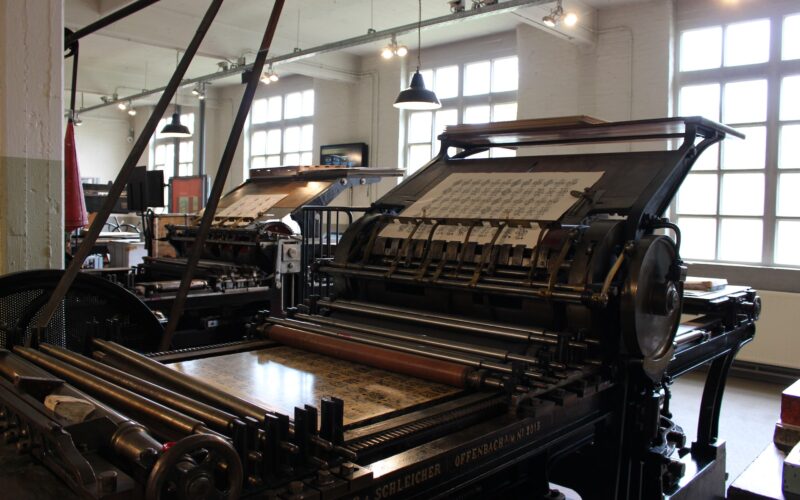One of the common misconceptions about color printing is that it’s expensive. Color printing can be cost-effective if done correctly. In this article, we’ll explore some common misconceptions about color printing.
Contents
Common misconceptions about color printing
Many people believe that color printing costs more than black-and-white printing. This misconception is based on several outdated factors. While there are some significant price differences, the overall cost of color printing is not significantly higher than that of black-and-white printing.
Nevertheless, it is essential to consider the overall costs of color printing, especially if you intend to use it for commercial printing. Investing in a high-quality color commercial printer and ink supplies will help you save money.
Another common misconception about color printing is that it is not environmentally friendly, which is not true – the paper used for printing is made of trees and renewable resources.
Additionally, the trees used for paper production are harvested from well-managed farms and forests, and they are continually being planted. If you want to make a green statement about your business, it is important to use color printing to help increase your brand value and save you money.
Cost of color printing
Color printing can be expensive, but ways to minimize its impact exist. Using the same paper for color printing allows a business to save money while printing the same documents. For instance, using a 24-pound sheet of paper for color printing could save a company up to $20 per thousand sheets.
On the other hand, using custom paper sizes and premium paper will increase the project’s overall cost.
Color imaging costs have significantly decreased in the past five to eight years. Enhanced device software systems have made this possible, and the price of a single color image is now only five to seven cents. Of course, the cost varies based on the model of the device and other factors. However, it can significantly reduce the cost of color copying and printing by changing the printer settings for black-and-white documents.
Color-printing supplies can eat up a small business’s budget, so it’s imperative to find ways to minimize these costs. There are many ways to reduce costs while ensuring that your printing projects look professional. You can find discounts and save money by leveraging online resources and comparison shopping.
A quality color printer can increase your brand and help you reach new clients. It also makes it easier for employees to produce marketing materials, as they no longer need to rely on expensive commercial printing services for bulk printing. Color printing also allows small businesses to match the capabilities of their larger rivals in the marketing arena.
Environmental impact of color printing
Color printing emits emissions from the chemicals used to produce the ink. These chemicals are volatile organic compounds (VOCs), which can be hazardous air pollutants. Most of these gases evaporate during printing, but some remain with the printed product once it leaves the facility. These chemicals can harm the environment and contribute to ground-level ozone. In addition, heavy metals may also be released from the ink, causing water and soil pollution.
Some printing processes are more environmentally friendly than others. For example, using compliant inks and coatings helps prevent emissions by containing low concentrations of pollutants. Another method, called capture and control, traps emissions and directs them to a separate add-on control system. However, certain types of printing may not be compatible with these techniques.
Many printers are making the transition to environmentally friendly energy sources. Paper is an incredibly sustainable choice. Unlike other materials, paper is made from renewable resources, which helps to protect the environment.
Furthermore, digital toner cartridges and metal printing plates are recyclable, which means that printing companies can reduce the amount of paper they use and help to preserve our forests.
Sustainability reports help companies make informed decisions about their printing habits. These studies outline the effects of printing and show how much waste is produced and where it ends up. It can also give the company an idea of how much water and energy it consumes. Then, it can tailor its policies accordingly to minimize its environmental impact.

